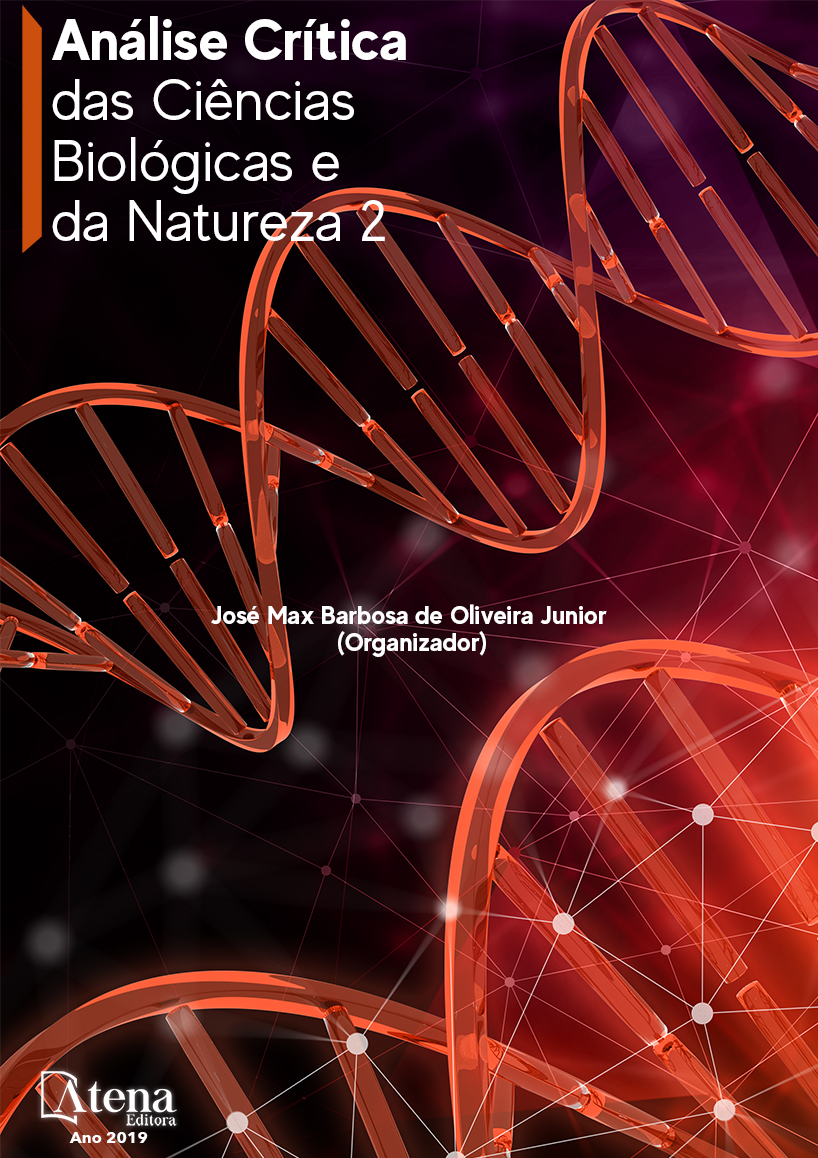
ATIVIDADE ANTIBACTERIANA DE ÓLEOS ESSENCIAIS DE PLANTAS DE MYRTACEAE CONTRA BACTÉRIAS MULTIRRESISTENTES
Myrtaceae é uma família relevante no
domínio Mata Atlântica, e bastante comum em
áreas de restinga. A atividade antibacteriana de
óleos essenciais de espécies de Myrtaceae foi
analisada frente às cepas PAO-1- Pseudomonas
aeruginosa e ET-12-Burkholderia cenocepacia,
bactérias Gram negativas de importância
clínica e com alto perfil de resistência a
antimicrobianos. Os óleos essenciais de folhas
das espécies Neomitranthes obscura, Eugenia
selloi, Eugenia astringens, Eugenia arenaria e
Myrrhinium atropurpureum foram obtidos pelo
método de hidrodestilação. Para os ensaios com
as cepas, foi utilizada a metodologia da difusão
do disco em agar, segundo normas do Comitê
Europeu para Testes de Susceptibilidade e
Antimicrobianos (EUCAST 4.0). Para o ensaio
foram utilizadas as seguintes concentrações:
3,6 12, 25, 50 e 90% em meio Müller Hinton
Broth (MHB) na presença de 0,5% de tween 80.
Os resultados indicam que os óleos essenciais
de E. arenaria e E. astringens tiveram atividade
antibacteriana nas concentrações (v/v) de
25% e 50%,respectivamente para ambas as
cepas. O óleo essencial de M. artropurpureum
também apresentou atividade bactericida nas
concentrações de 50% para as duas cepas
enquanto que N. obscura e E. selloi não
apresentaram atividade. Estes resultados nos
levam a especular que os óleos essenciais de
folhas das espécies E. arenaria, E. astringens
e M. atropurpureum possuem propriedades
bactericidas podendo ser utilizados como
coadjuvantes nas infecções multiresistentes causadas por P. aeruginosa e B.
cenocepacia.
ATIVIDADE ANTIBACTERIANA DE ÓLEOS ESSENCIAIS DE PLANTAS DE MYRTACEAE CONTRA BACTÉRIAS MULTIRRESISTENTES
-
Palavras-chave: atividade antimicrobiana, óleos essenciais, fibrose cística, Burkholderia cenocepacia, substâncias voláteis.
-
Keywords: antimicrobial activity, essential oils, cystic fibrosis, Burkholderia cenocepacia, volatile substances
-
Abstract:
Myrtaceae is a relevant family in the Mata Atlântica domain, and quite
common in restinga areas. The antibacterial activity of essential oils of Myrtaceae
species was analyzed against the Pseudomonas aeruginosa-PAO-1 and Burkholderia
cenocepacia-ET-12 strains, Gram-negative bacterias of clinical importance and with
high antimicrobial resistance profile. The essential oils were obtained from leaves of
Neomitranthes obscura, Eugenia selloi, Eugenia astringens, Eugenia arenaria and
Myrrhinium atropurpureum by the hydrodistillation method. For the assays with the
strains, the agar diffusion methodology was used, according to the standards of the
European Committee for Susceptibility and Antimicrobial Testing (EUCAST 4.0). For
the assay the following concentrations were used: 3, 6 12, 25, 50 and 90% in Müller
Hinton Broth medium (MHB) in the presence of 0.5% tween 80. The results showed
that the essential oils of the E. arenaria and E. astringens had bactericidal activity at
concentrations (v/v) of 25% and 50%, respectively, for the strains tested. The essential
oil from M. artropurpureum also showed bactericidal activity at 50% concentrations
for both strains, whereas N. obscura and E. selloi showed no activity. These results
lead us to speculate that the leaf essential oils of the E. arenaria, E. astringens and
M. atropurpureum have bactericidal properties and can be used as coadjuvants in the
multiresistant infections caused by P. aeruginosa and B cenocepacia.
-
Número de páginas: 15
- Gabriele Marques Pinto
- Tauana de Freitas Pereira
- Ida Carolina Neves Direito
- Maria Cristina de Assis
- Cristiane Pimentel Victório
- Juliana Barbosa Succar


